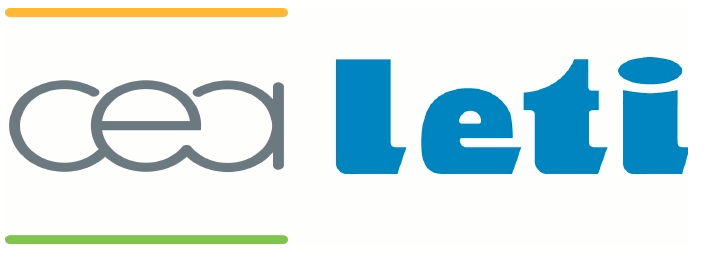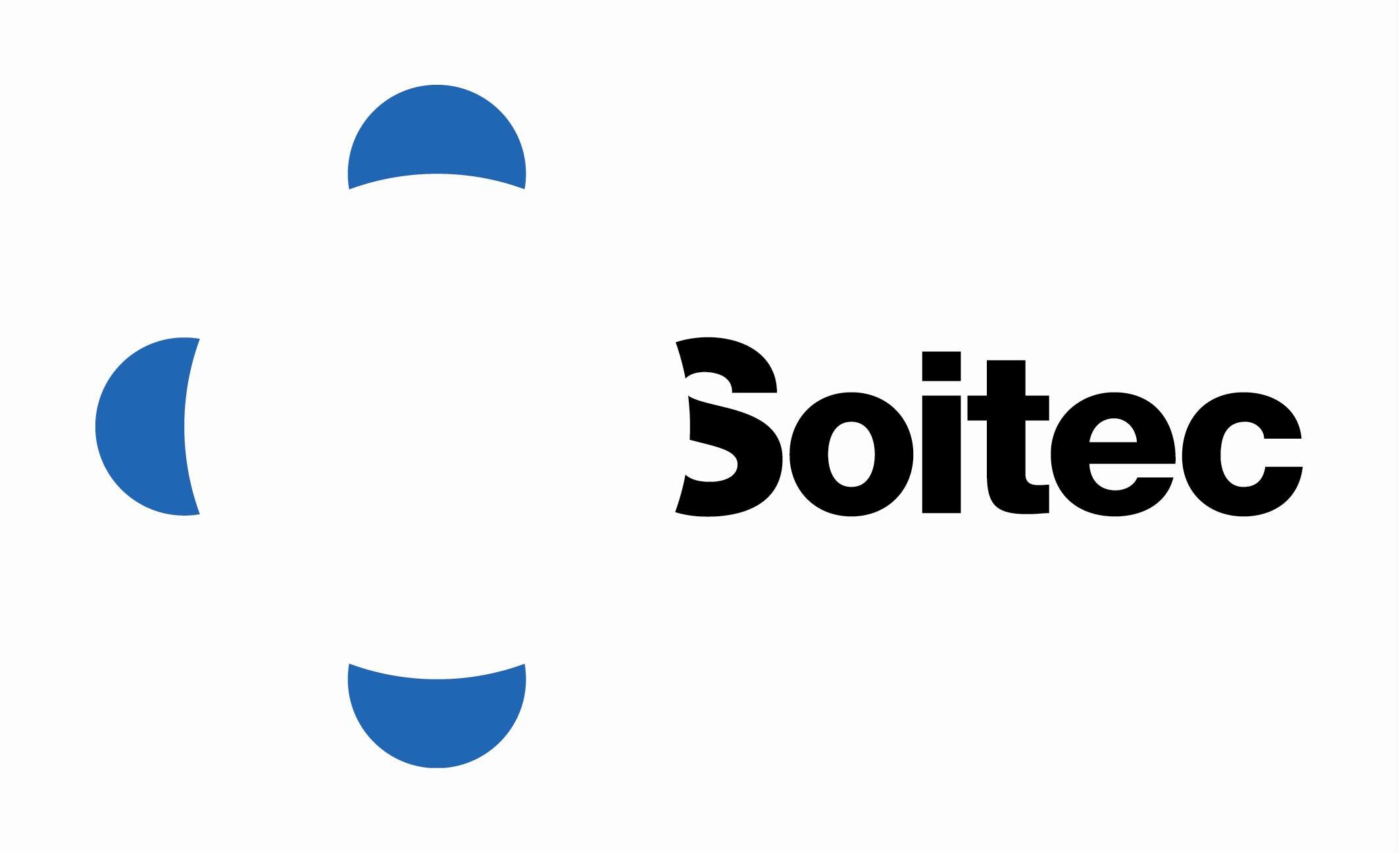Hot Topics: Ultra Low Power
Can we connect trillions of IoT sensors in a sustainable way? – A technology/circuit perspective
David Bol, UC Louvain
The Internet-of-Things is about to revolutionize our world with trillions of sensors to be deployed. However, this revolution raises sustainability issues at the economical, societal and environmental levels: security and privacy of the sensed data, environmental and economical costs of battery production and replacement, carbon footprint associated to the production of the sensor nodes, congestion of the RF spectrum due to numerous connected devices and electrical power consumption of the ICT infrastructure to support the Internet traffic due to the sensed data. In this paper, we show how these high-level challenges can be translated into IC design targets for three main functions of IoT nodes: digital signal processing (DSP), embedded power management (PM) and low-power wireless RF communications. We then demonstrate that CMOS technology scaling and ultra-low-voltage operation can help meeting these targets through an analysis of their benefits on simple yet representative DSP, PM and RF blocks
IoT and the Cloud: a hacked personality and an empty battery head-ache or an intuitive environment to make our lives easier
Harmke de Groot, Holst Centre
It is hard not to notice the currently on-going trend to connect everything and everyone. Approximately 10 billion objects are connected to the internet today, exponentially growing from approximately 200 million devices in the year 2000. In its study “the Worldwide and Regional Internet of Things 2014-2020 Forecast”, IDC revealed its prediction that the global IoT market would hit $7.1 trillion by 2020, as people around the word — and particularly in developed nations — develop an affinity for full-time connectivity. This is a year on year growth of 17.5%. 5G networks are therefore expected to support connections for at least a 100 billion devices and a 10 Gb/s individual user experience capable of extremely low latency and response times. The requirements and challenges for wireless networking differ widely and hence can only be addressed by heterogeneous physical networks that have to interoperate together in order to create an intuitive user experience. At the same time the amount of data being generated grows exponentially, every two days the same amount of data as generated from the beginning of mankind until 1983 is put on the internet. Some of data, including traffic, weather, agenda and social interaction, is very useful to create a safer driving environment and a better user experience while driving. Finding the right bit of information and combining this in real time is hence becoming a huge challenge. For transport, the use of heterogeneous networks which won’t only act on their own sensors but also on data from the cloud (Perceptive Systems) will lead to a complete new experience for the driver, who instead of focusing on the road can start to use the car as a new office or relaxing environment as autonomous driving becomes a reality. Worlds will merge with each other as the car will notify your home about the time of arrival making sure the correct temperature and light atmosphere is ready by the time you reach your own driveway. However there are some big challenges to overcome: distributed heterogeneous networks need to work with each other in an interoperable manner. Data from the cloud needs to be available at the right moment in time and also exactly with the right bit of data from an enormous amount and is combined with the 200+ sensors from within the vehicle itself, so data fusion and analytics become of utter importance. How do we deal with sensor data which is incomplete or even incorrect? How do we deal with privacy and security concerns in view of the highly resource limited sensor nodes? We need solutions for more powerful processing but still running on a small battery for more than 10 years. Imec work on Perceptive Systems for the Internet of Things, vertically combines sensor systems, ulp radios and sensors to overcome the challenges imposed by full-time connectivity, new sensor functionality and big data in battery-operated or harvested sensor nodes. In this presentation we start with the challenges and then review on-going work with a number of examples to and end with a research roadmap to make perceptive systems a reality
Challenge of MTJ-Based Nonvolatile Logic-in-Memory Architecture for Ultra Low-Power and Highly Dependable VLSI Computing
Masanori Natsui, Tohoku University
Enhanced Low Voltage Digital & Analog Mixed-Signal Performance with 28nm FDSOI Technology
Franck Arnaud, STMicroelectronics
This paper presents superior CMOS behavior in the field of low voltage and analog thanks to Fully Depleted Silicon On Insulator (FDSOI) used for 28nm technology. Performance and total power are improved by +100% and -200% versus regular bulk solution, respectively. Dispersion at low voltage is discussed evidencing 2x reduction thanks to efficient Forward Body Bias (FBB). Finally, key analog metrics such as gm, output voltage gain and matching factor enhancement are demonstrated






